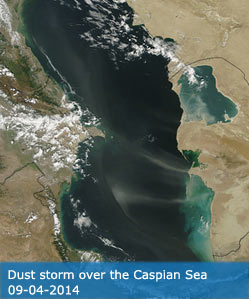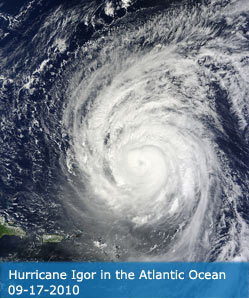Science Team
Publications
Frantz, D; Roder, A; Stellmes, M; Hill, J (2017). Phenology-adaptive pixel-based compositing using optical earth observation imagery. REMOTE SENSING OF ENVIRONMENT, 190, 331-347.
Abstract
The need for operational monitoring of landscape processes on the national to global scale led to an increased demand for pixel-based composites using complete earth observation (EO) archives. Commonly, composites are generated without explicit consideration of temporal criteria but are rather based on optimizing band indices within a pre-defined temporal window. However, for certain applications phenology-adapted composites that represent the land surface as being in the same phenological stage are required, e.g. tree type discrimination where greening up or senescence dates are modified by terrain elevation. We developed a novel pixel-based compositing technique that dynamically adjusts the selection process to the underlying land surface phenology (LSP) of each pixel. By doing so, phenologically sound composites across large areas can be derived for regular intervals and different phenological points in time, e.g. peak, end or minimum of season. Various day-of-year (DOY) scoring functions were implemented to flexibly define the phenological target. The technique is general enough for global application and can be applied to any kind of gridded EO archive, herein demonstrated for MODIS and Landsat data. Multi-annual composites were successfully generated for Zambia for most seasons. As an exception, we found even very frequent MODIS observations to be insufficient for peak vegetation composites due to interference with the rainy season. The phenology-adaptive composites were compared to static ones, i.e. using a single target DOY. Results clearly indicated that biomass levels differ significantly between the techniques, and a phenological normalization across elevation gradients and land cover classes could be achieved. However, the implications are non-trivial and the characteristics of both methods need to be considered cautiously before deciding which approach is superior with regards to a specific thematic application. The quality of the MODIS and Landsat composites, as well as the performance of the phenology-adaptive and static compositing techniques were assured using a quantitative cross-comparison. A 12-year annual time series demonstrated the feasibility for land cover change and modification mapping. Several change processes were clearly discriminable. The resulting phenologically coherent composites are important to establish national, regional or even global landscape monitoring, reporting and verification systems. (C) 2017 Elsevier Inc All rights reserved.
DOI:
10.1016/j.rse.2017.01.002
ISSN:
0034-4257




